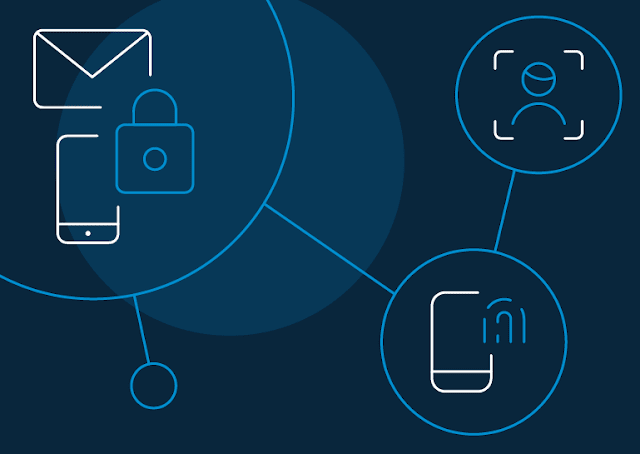Whatever your application is for, it must be simple to use, have frictionless authentication, and be secure (against fraud protection and password-related attacks). These factors assist you in making a great initial impression as well as gaining long-term confidence.
When it comes to mobile apps, users prefer to open them and get right to work. If you keep asking for the account password every time users open the program, it can be a frustrating experience for them. However, ensuring secure access to the app is also a business requirement.
So, how do you provide both a great experience and security?
LoginRadius Mobile Biometric Authentication may be able to assist. Consumers can use their mobile devices' FaceID and TouchID for authentication with this feature, which is only available for mobile apps.
Intend Behind the Launch
Consumers can use their existing FaceID or TouchID for authentication with Mobile Biometric Authentication, which requires no additional effort.
Furthermore, rather than being saved on a computer, consumers' biometric data is stored on their phones, making it even more secure.
Let's go through some of the most important advantages of mobile biometric authentication.
- The feature protects customers from account takeover assaults because biometric data cannot be hacked or reproduced.
- It has a high usability quotient because customers do not have to remember or enter a new password or PIN. Consumers also don't have to worry about resetting their credentials because forgetting biometric credentials like fingerprints or faces isn't a problem.
- Customers have already been using Face ID and Touch ID on their Android and iOS devices to verify their identities. As a result, they are already familiar with the method.
- If hackers wish to bypass biometric authentication, they must be physically close to the user. It is uncommon for cybercriminals to come into direct contact with the actual consumer.
Conclusion
LoginRadius' Mobile Biometric Authentication is a local authentication concept, with biometric data never leaving the user's mobile device. As a result, you won't have to worry about keeping, processing, or securing your customers' biometric data as a business.

Comments
Post a Comment